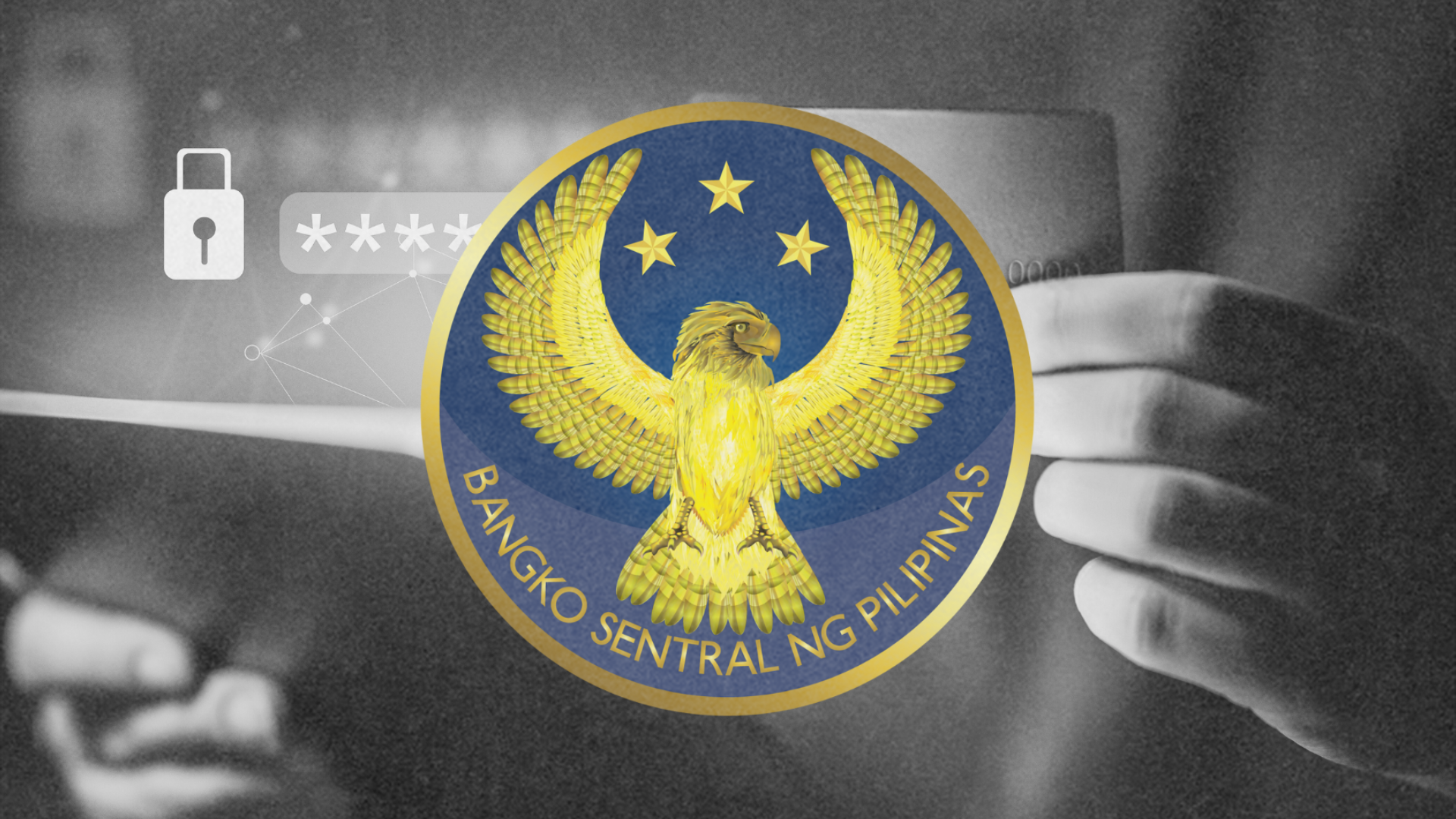Smart Communications and Get Ready Pinas organized S@FEPH, a Social Media Night for Disaster Preparedness, which was held last Monday, September 3, at Momo Cafe in Ayala Triangle in Makati City.
The event highlighted the importance of disaster awareness and preparedness and featured National Operational Assessment of Hazards (NOAH), also known simply as Project NOAH. It was attended by prominent Filipino bloggers, and the discussion was broadcasted and shared via microblogging platform Twitter.

Project NOAH
Project NOAH was launched last July 6, 2012. President Benigno Aquino III was quoted saying in his speech during the formal launching of said project, “Ang Project NOAH po ang magsisilbing arko ng mga Pilipino laban sa delubyo.” (Project NOAH will serve as the ark of Filipinos against disasters.) It was designed to put an end to a mindset of uncertainty during the rainy season.
The project is a government initiative handled by the Department of Science and Technology (DOST). It intends to conduct research and programs with the use of advanced technology for the use of local and national disaster management efforts.
Project NOAH provides real-time critical information to the public. But before having such information, the team needs to processes large amounts of data in figures and numbers from scientists. Data is gathered from weather satellites, rain gauges, Doppler radars, and water level sensors. Data indicates rainfall, water levels of major rivers, temperature, and other meteorological elements. NOAH translates such complicated data into user-friendly information by creating graphic representations of hazards.
Dr. Mahar Lagmay, director of Project NOAH, gave a short presentation on how to use their website. Project NOAH website features an interface that displays a visual representation of meteorological and flood-related conditions that pose risks upon people. Vulnerable communities may not be able to access the website, but Lagmay noted that local government units (LGUs) are capable. LGUs, being at the forefront of disaster response, need NOAH to get the timely and relevant information to make the necessary assessments to effectively conduct their evacuation and rescue efforts.
Project NOAH is made possible by a team of around 70 people. Despite the number, Lagmay expressed that the system is difficult to maintain because it involves working with a lot of equipment which can break down anytime.
NOAH is a work in progress. There is more to come, like a translation to other Filipino languages and the development of applications for smartphones.
Going Online
The discussion of Project NOAH is part of S@FEPH, a series of events that will promote the use of the power of the internet and the people for preparing and responding to disasters. Smart Communications and Get Ready Pinas have teamed up in organizing social media events attended by bloggers and other Filipino netizens.

Darwin Flores of Smart outlined that the company has been involved in disaster response for quite some time. Citing past experiences, he noted that warning communities via text-blasting is not as easy as it seems. He explained that people believe more the messages coming from people they trust. This means that social connections play a vital role when it comes to communicating in times of emergencies. Such is the role of Twitter and text messaging in communicating with the people.

Darwin Flores of Smart Communications presenting the company’s disaster preparedness programs for communities. Photo by John Ray Ramos.
Concerning NOAH, Flores noted that the project caught the attention of the public, especially during the recent onslaught of monsoon rains that affected Metro Manila.
The integration of NOAH in various disaster preparedness programs is very likely. In a separate release, Smart has committed to support the DOST to improve the country’s weather monitoring and flood warning systems. The company entered in an agreement last 2011 with the Philippine Atmospheric, Geophysical and Astronomical Services Administration (PAGASA), a branch of the DOST, and has installed rain gauges in 63 Smart cell sites.
Also involved in similar efforts is Get Ready Pinas, an initiative that promotes disaster awareness online primarily by social media. Noel de Guia of Get Ready Pinas said that the group’s advocacy is to create a culture of preparedness in facing the threat of disasters. This, he said, would be done by promoting proper preparation, information, and action. Get Ready Pinas will hold more events to promote emergency preparedness.
SecurityMatters editor-in-chief Ace Esmeralda was also present in the event. Esmeralda, also the asset protection consultant of SMART and PLDT, has offered the services of SecurityMatters to NOAH and Smart Communications by helping extend their reach through mirroring the NOAH website and linking with the magazine’s network of rescue and security professionals. SecurityMatters will be conducting campaigns to promote safety and security awareness in the future.
Disaster Preparedness, a Way of Life

Lagmay stressed that “Project NOAH is not just a website; it is a way of life.” He explained that hazards are ever present and will only turn to disaster when people get affected. If people are aware and take action properly, then there will be no disasters.
Because of this, he advised everyone to use Project NOAH everyday and not just in times of calamities. Also, it should be looked upon by the government as an investment as it would help reduce the risks of people who might be affected by calamities.
Lagmay, upon wrapping up his presentation, said that, “Raising awareness is important. Awareness is the first step to disaster preparedness.” Surely, with efforts to promote the use of technology in both getting timely and relevant information and promoting a culture of preparedness, communities will be more prepared and effective in dealing with disasters.





